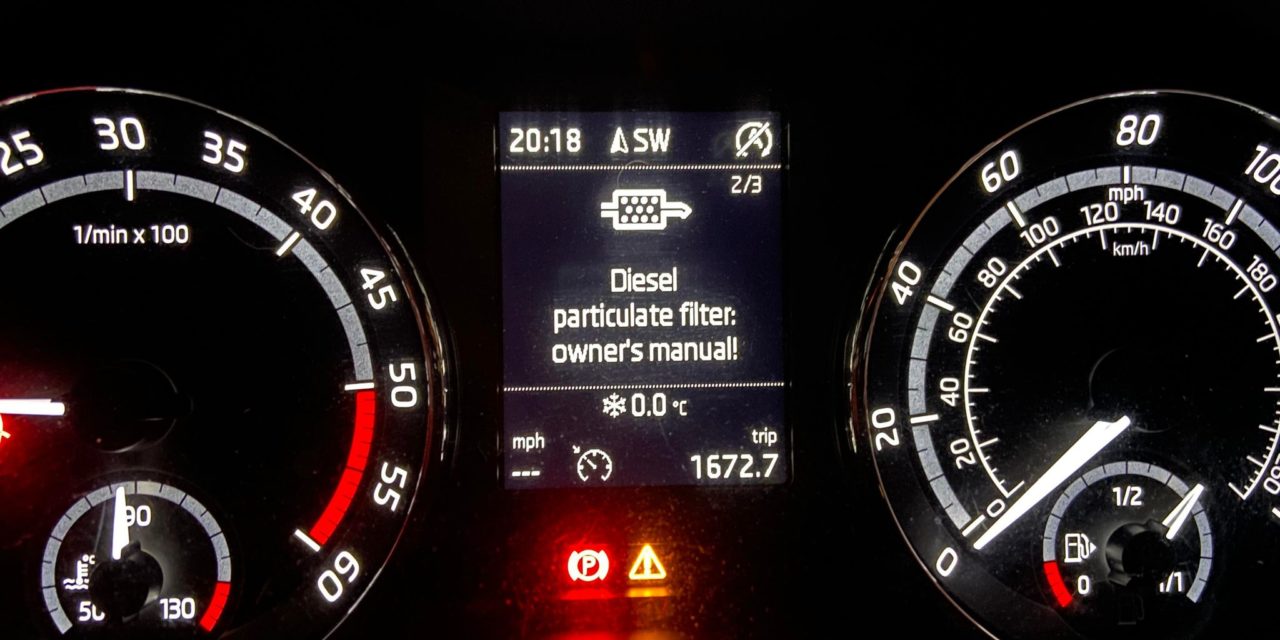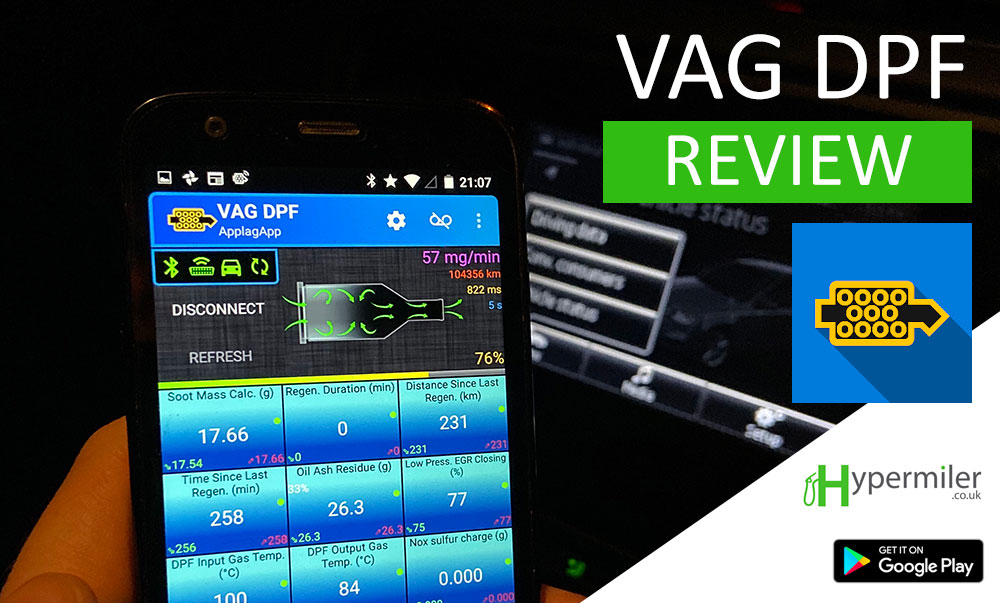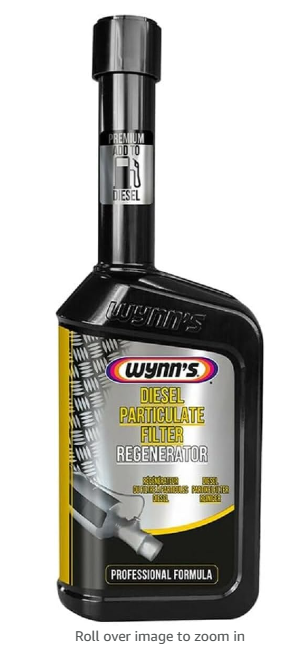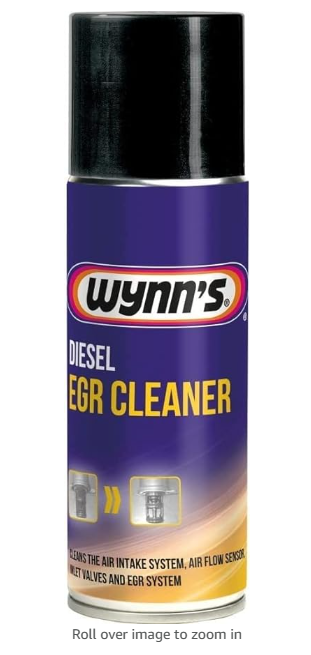Most modern diesel vehicles are equipped with a Diesel Particulate Filter (DPF) to reduce emissions by trapping soot and particulate matter. The DPF warning light on your vehicle’s dashboard is an indicator that something is not right with this filter. But what does it mean for your immediate driving needs? Can you continue to drive with the DPF warning light illuminated? This article delves into understanding the implications and recommended actions when faced with this situation.
Understanding the DPF System Before addressing the warning light, it’s essential to understand the role of the DPF in your vehicle. The DPF captures soot from exhaust gases, preventing harmful particles from being released into the atmosphere. Over time, this soot builds up and needs to be burned off or ‘regenerated’ to maintain the filter’s effectiveness and prevent blockages.
What Triggers the DPF Warning Light? The DPF warning light illuminates when the filter is not regenerating as it should. This could be due to several reasons:
- Short journeys at low speeds: Not allowing the engine to reach optimal temperatures for regeneration.
- A malfunction in the DPF system: This could be due to sensor issues or internal faults such as pressure sensors
- Overfilled engine oil or using incorrect oil type: This can hamper the regeneration process.
Can You Drive With the DPF Light On? The short answer is yes, but with caution. When the light first comes on, it’s an indication that manual regeneration is needed. This can often be achieved by driving at a sustained speed on a highway for approximately 10-15 minutes, allowing the engine to reach the temperature required for regeneration.
However, if the light remains on or other warning lights appear (such as the engine management light), this suggests a more significant issue, and you should seek professional advice as soon as possible. This will indicate that the DPF can not successfully perform a “Passive” DPF regeneration and may require an active regeneration performed by your mechanic or dealership.
Risks of Ignoring the DPF Warning Light Continuing to drive with the DPF warning light on without addressing the issue can lead to several problems:
- Decreased Performance: The vehicle may enter a ‘limp’ mode to prevent damage, reducing its performance.
- Increased Fuel Consumption: Inefficiencies in the regeneration process can lead to higher fuel consumption.
- Potential Damage: Long-term neglect can cause irreversible damage to the DPF, leading to expensive repairs.
Preventative Measures To avoid DPF-related issues:
- Regularly drive at highway speeds to facilitate automatic regeneration.
- Ensure timely servicing and use the correct type of engine oil.
- Avoid short, low-speed journeys when possible.
While it is possible to drive with the DPF warning light on, it’s a sign that your vehicle requires attention. Regular maintenance and understanding the needs of your diesel vehicle can prevent most DPF issues. If the light does come on, address it promptly to avoid costly repairs and ensure your vehicle continues to run efficiently and environmentally friendly.
We’d strongly advise at in the first case you seek advise from your vehicle’s owners manual. It should give the steps or conditions required for a passive DPF reset. Alternatively seek advise from your dealership or even a owners club or facebook group for your specific model.
Let’s hear from you
Have you had a bad experience with a DPF? Did a DPF cleaning additive work for you? If so we’d like to hear from you – please leave details of your experience in the comments below.
If you found the above information useful then please take a look at our DPF Diesel Particulate filter freqently asked questions page
For more information on DPFs you might also like to check out the following pages
- The Diesel particulate filter (DPF) FAQ
- The Exhaust Gas Recirculation Valve EGR FAQ
- Our top five tips on keeping your DPF clean
- Diesel remap & tuning boxes will my diesel particulate filter DPF cope?
- DPF Cleaning specialists reveal top 10 vehicles with DPF issues
- Which cars have the most DPF problems?
- Skoda Octavia iii 2013 Diesel Particulate Filter DPF – Owner’s Manual – Regeneration FAQ
- Hypermiling Top Tips: Top 5 causes of blocked / Failed DPF diesel particulate filters








I ran a 2016 Ford Galaxy with the Peugeot engine and no DPF and this was fine. In May 2023, I bought a 2019 Ford Galaxy 2.0 EcoBlue from a main dealer with 529 miles on the clock. It had had its first service in February 2023 at 515 miles. The dealer advised that the only other owner was Ford UK. The car came with a 12 month warranty and I extended this to 24 months. All went well for a few months with most of the miles being 500 mile journeys at around 75mph on French motorways two or three times a month. In February 2024, at 10,200 miles the EML illuminated and the local Ford dealer diagnosed a damaged DPF, which was on back order. The replacement DPF was fitted in May 2024 under the dealer warranty. In August 2024, at 15,000 miles, the gasket between the turbo and DPF failed and was replaced. In November 2024, at 18,000 miles, the EML illuminated and the dealer advised that injector No. 1 needed replacement. This was done at the end of November at 18,121 miles together with an 18,000 mile service. In January 2025, the EML again illuminated and the dealer said that Ford diagnostics said that the car needed four new injectors and a new DPF before continuing with the diagnostics. The dealer warranty declined to cover the repair saying that the DPF was excluded from the warranty and a blanket “replace all four injectors” was too generalised. I find it incredible that all four injectors could fail at less than 20,000 miles (the car wasn’t one of those fitted with the dodgy batch of injectors in 2019) and with almost 15,000 of the 19,000 miles the car has travelled being at reasonable revs, on the motorway, it should not have ever had a clogged DPF from short trips. It seems mad to replace all injectors and a DPF with before then continuing with the diagnostics. On questioning the dealer, they say that they plug into Ford diagnostics and it is they who interpret the results, not the dealer. A sorry tale so far……..
Sorry, I’ve just seen an error in my recent post – in the first line I have said “no DPF” which is nonsense – I meant to say no AdBlue. Please can this be corrected.